Deep brain stimulation
What is Deep brain stimulation?
Deep brain stimulation (DBS) is a medical method that includes a mild electrical current delivered to a particular aspect of your brain. The electricity in that current facilitates the brain cells in that region, which can assist several states. The current reaches your brain via one or more wires connected to a small machine planted underneath your skin near your collarbone.
The quantity of stimulation in deep brain stimulation is managed by a pacemaker-like machine put under the skin in your upper chest. A wire that crosses under your skin connects this machine to the electrodes in your brain.
Why is Deep brain stimulation – DBS used?
There are billions of neurons in per human brain, and these cells communicate with per different using electrical and chemical signals. Several brain diseases can make neurons in various regions of your brain less busy. When that occurs, those regions of your brain don’t work as well. Depending on the region of the brain involved, you can have trouble with the abilities maintained in that region.
Deep brain stimulation – DBS uses an unnatural electrical current to make those neurons more energetic, which can assist with the symptoms of several various brain conditions. Yet, experimenters still don’t know just how or why this works.
What conditions and symptoms can DBS treat?
Deep brain stimulation – DBS can manage several diseases that involve your brain, involving motion disorders, mental health diseases, and epilepsy.
Deep brain stimulation – DBS has permission from the U.S. Food and Drug Administration to treat the following diseases:
- Dystonia.
- Essential tremor.
- Medication-resistant epilepsy.
- Parkinson’s disease (when this situation aggravates and the drug is not as useful).
- Medication-resistant obsessive-compulsive disorder (OCD).
Conditions that might benefit from DBS
Investigators are also examining whether or not DBS can assist other states. Diseases that might benefit from DBS contain:
- Addictions.
- Alzheimer’s disease.
- Anxiety.
- Cluster headaches.
- Eating disorders.
- Schizophrenia.
- Severe pain diseases (particularly pain that occurs because of nerve or brain diseases, or pain from incurable conditions such as cancer).
- Severe, medication-resistant depression.
- Tourette syndrome.
It’s essential to maintain in mind that while the above states might help from DBS, professionals still don’t know if this is the issue. It generally brings years of analysis and clinical trials to confine if a medical method such as DBS is useful for diseases like these. While investigators are examining them, DBS surgery to manage these states is not common.
Contraindications
Deep brain stimulation (DBS) has relatively minimal definite contraindications. DBS is contraindicated in people who cannot correctly operate the neurostimulator. Once planted, persons with deep brain stimulators should not undergo transcranial magnetic stimulation, full-body magnetic resonance imaging scans (MRIs), and diathermy.
What happens before deep brain stimulation – DBS?
Before this method, your healthcare provider or doctor will examine the benefits and drawbacks of having a DBS machine implanted. They’ll also explain the feasible risks that arrive with this surgery. They’ll also prove that you can have this surgery, which can affect other imaging scans or lab examinations to look for any causes you may not be capable to have the method.
If you still choose to want to have the DBS planted, your provider or doctor will then have you get precise magnetic resonance imaging (MRI) and computed tomography (CT) studies of your brain. These scans will assist your provider or doctor determine which site is the best place to put the wires for the DBS.
Before the process, your provider or doctor will also speak to you regarding the following:
Medications you take: Before your method, your provider or doctor may have you stop bringing some drugs (like blood thinners). You should only stop bringing drugs after examining them with your provider or doctor. If you have any questions regarding drugs you bring (involving vitamins and supplements), it’s a good thought to ask your provider or doctor about them during these discussions.
Bathing and grooming: Your healthcare provider or doctor will probably provide you instructions on how to bathe and ready for the method. This generally contains a special kind of shampoo or further products that ready your skin for the process.
Fasting: Because this surgery affects general anesthesia, your healthcare provider or doctor will have you fast. That indicates no solid food for at least eight hours before the process and no liquids for at least two hours earlier.
What happens during deep brain stimulation – DBS?
This process includes two to three surgeries that generally occur at various times. The first one or two techniques are to insert the stimulation leads into per side of your brain at the same or different times. The second technique is to implant the stimulator battery called a pulse generator beneath the skin of your upper chest.
Before these surgeries occur, your healthcare provider or doctor will generally insert an intravenous (IV) tube to provide you with IV fluids. An IV also permits them to give you drugs during the technique as required.
Lead placement
This technique generally begins with your healthcare provider or doctor shaving the hair on your scalp. This creates it easier to put your head into a unique frame that will maintain your head still. The frame is formed with four pins in your skull. This is accomplished while you’re under sedation, and you probably won’t recall this part.
Once the frame is fixed, they’ll get in an intra-operative CT scanner to bring pictures of your brain and determine the trajectory used for the electrode arrangement. Once the CT scan is done, the entry point is determined, sedation is bent back on and your head is washed with surgical prep. Local anesthetic is then injected to dull that place of your scalp and skull. Your neurosurgeon will then create a little cut (incision).
After creating the incision, they’ll use a surgical drill to create a tiny opening in your skull to insert the leads. Depending on the cause of surgery, you may be awakened for awake testing. This is mostly done for motion disorders. If wakeful, you may sense the vibrations or listen to the sounds of drilling, but you shouldn’t sense pain from it. Your brain even cant feel pain instantly, so you won’t sense any pain as the neurosurgeon inserts the tips.
While the neurosurgeon puts the leads, they’ll have you reply to questions, read or look at images, or move your legs, arms, hands, and feet in specific ways. This assists them to be certain the leads are in the right spot. They’ll also accomplish another CT scan to confirm the lead placement is correct.
The numeral of leads and their arrangement depends on your circumstance. Some patients may only have one lead, while furthers may have numerous leads on one or both sides of their heads. Once the electrodes are protected, the ends of the electrodes are covered with a plastic cap and burrowed beneath your skin to the back of your head. The incisions are then washed and closed.
You’ll go to healing where a CT scan is done to verify the placement of the electrode and to create foolproof there’s no blood. You’ll spend one night in the hospital for supervision, and most patients go home the following day.
Pulse generator placement
The second technique, surgery to implant the pulse generator, generally occurs at a later date. This technique includes general anesthesia, which indicates you’ll be sleeping so you won’t sense any pain or distress during the surgery.
Your surgeon will create a tiny incision in your skin slightly below your collarbone during this technique. They’ll then make a small pouch-like space beneath your skin to maintain the pulse generator. They’ll then insert an extension wire that crosses between the exterior of your skull and the underneath of your skin.
They’ll create the wire to travel downward until the far end is underneath your skin close to your collarbone at the pouch for the battery. They’ll then join the extension wires to the DBS electrodes and the further end of the extension wire to the pulse generator. It’s then put into the pouch-like area underneath your skin before sewing it closed. You’ll go home the exact day.
What happens after deep brain stimulation (DBS)?
Your healthcare provider or doctor will organize a follow-up meeting that will bring place within a few weeks of the pulse generator implantation technique. At this meeting, they’ll begin programming the pulse generator.
All pulse generators currently in use have a wireless antenna built-in. That permits your healthcare provider or doctor to access and program the machine from outside your body. Discovering the right locations for the pulse generator may bring some time and more visits for adjustments.
Most pulse generators have certain batteries that have long lifespans. Traditional batteries for these machines last approximately three to five years. Some machines use rechargeable batteries, which can last almost nine years. Substituting the battery also carries a surgery technique, but this is generally shorter and faster than the original surgery to implant the pulse generator. You’ll even go home the exact day for battery substitutes.
Benefits of deep brain stimulation (DBS)
DBS has several benefits. These contain:
It can suggest a therapy choice when drugs aren’t useful: DBS is a choice when drugs don’t work or are no longer useful. With Parkinson’s condition, drugs lose significance over time, so your healthcare provider or doctor has to raise your dosage. That shows to further side effects. With DBS, lower drug dosages are frequently useful again, which suggests your symptoms are under control with fewer side effects.
It can be a life-changing (or even life-saving) treatment: Some of the states that DBS manages can induce severe consequences that maintain you from doing the most routine movements. DBS can manage your disease and enhance your symptoms, enhancing your overall quality of life. For diseases such as medication-resistant epilepsy, where surgical resection isn’t a choice, DBS can deliver expectancy and decrease seizure frequency.
It’s adjustable: Your healthcare provider or doctor can fine-tune the pulse generator sets to see what works most suitable for you.
It’s reversible: A follow-up surgery can extract the leads and pulse generator if DBS doesn’t work or generates side effects that you can’t handle.
What are the risks or complications of DBS?
Because DBS does involve surgery, there are some likely difficulties and risks. Your healthcare provider or doctor is the best person to tell you about the likely risks and difficulties. They’re the finest source of data because they can consider your medical record, events, and more.
The possible complications of surgery contain:
- Infections and sepsis.
- Bleeding (internal or at the region of your incisions).
- Coma.
- Stroke.
- Swelling in and around your brain.
Some complications can occur because of the leads and pulse generator. These contain:
- Moving or incorrect placement of leads.
- Lead wires reach loose from the pulse generator.
- Failure of the leads or pulse generator.
- Pain or soreness near the pulse generator.
- Pulse generator programming and side outcomes of DBS
DBS uses electrical current to promote regions of your brain. That current nearly always requires altering and fine-tuning before it has the best possible outcomes. That means the subsequent symptoms are familiar while your healthcare provider or doctor is performing on programming the pulse generator:
- Balance issues.
- Confusion or trouble focusing.
- Double vision (diplopia).
- Memory issues.
- Numbness and tingling in specific regions of your body.
- Seizures.
- Unexpected differences in brain function can involve your body (sudden weakness or muscle control issues in a precise amount of your body).
- Depression.
What is the recovery time?
Your healthcare provider or doctor is the best person to tell you what to expect about your healing time and when you will see differences in your symptoms and how you feel. They can tell you the probable healing time you’ll require, which can differ depending on further factors such as your overall health, further states you have, and your events.
Most patients will require to remain in the hospital for one day after surgery to plant the DBS leads in their brains. Surgery to implant the pulse generator is generally a technique where you go home on the exact day.
Overall, healing time normally brings several weeks. Your healthcare provider or doctor will probably have you do the following:
Avoid any kind of movement for about two weeks after per method: This contains items as minor as household chores or sexual action. You should not raise anything weightier than 5 pounds (2.25 kilograms).
Avoid moderate- or high-intensity movement for at least four to six weeks: This contains activity and physical labor. Most patients can return to work or their routine after this.
Use warning when moving or stretching: You should avoid making certain motions, such as lifting your hands over your head, for several days after surgery to plant the pulse generator. Your healthcare provider or doctor will tell you how long you’ll require to limit your motions.
Results
Deep brain stimulation won’t heal your condition, but it may assist reduce your symptoms. If deep brain stimulation functions, your symptoms will enhance greatly, but they generally don’t go out entirely. In some patients, drugs may still be required for specific situations.
Deep brain stimulation isn’t victorious for everyone. There are several variables affected by the victory of deep brain stimulation. It’s essential to speak with your doctor before surgery almost what kind of progress you can expect for your state.
How should I care for the surgical region once I’m home?
Your healthcare provider or doctor will provide you with instructions on how to care for the places where you had surgery. In general, you should do the next(unless they advise you otherwise):
Your provider or doctor will extract any stitches or staples you have approximately 10 to 14 days after your surgery.
The pin locations on your head should remain covered with bandages until they’re dry. You should also alter the bandages at least once a day (or as your provider doctor instructs).
Dressing can arrive two days after surgery.
At that moment, you can shower only let the water run over your head and don’t scrape it.
You can utilize shampoo on your hair as long as it’s baby shampoo. You’ll require to be very soft as you accomplish this. To dry your head, pat but don’t rub the spot very gently.
Don’t rub the site near your incision. Accomplishing so can harm the wound and generate infections.
Long-Term Effects of Deep Brain Stimulation
DBS surgery can assist patients with Parkinson’s disease to enhance their symptoms of stiffness, tremors, slowness, and dyskinesias. It can also reduce the dose of drugs the person requires to manage their PD.
Investigators who have followed people after DBS have seen that many persons continue to have progressed in their symptoms for several years after the technique and can eat, use the bathroom and feed themselves. Persons being managed with DBS for motion diseases may or may not experience shifts in thinking memory, or mood.
At this time, Parkinson’s condition is a progressive disease that cannot be halted fully. Even while DBS resumes to work on stiffness, tremor, and slowness, further symptoms like speech impairment, poor posture, balance problems, gait freezing, and dementia may still occur.
FAQ
How common are DBS implantation procedures?
As of 2019, experts evaluate that approximately 160,000 patient has had a technique to implant a DBS machine since the 1980s. Professionals also calculate that approximately 12,000 techniques occur each year.
What is the well-known rate of deep brain stimulation?
In general, deep brain stimulation is generally victorious. The success rate relies on the circumstances affected. For diseases such as epilepsy and Parkinson’s disease, DBS is very useful. More investigation is required for states where DBS is testing before professionals know if DBS is probable to assist.
Will I still require to take drugs after deep brain stimulation?
Depending on the condition, it may be probable to decrease drugs. Yet, DBS is most useful when used along with drugs and other therapies. That’s because using it and further treatments at the exact time means it may be feasible to lower drug doses, have rarer side effects and still bring the same advantages.
How successful is deep brain stimulation?
Sheth explains DBS as a very standard therapy. These are techniques that we accomplish week in and week out, he said. It’s not investigational or testing. About the world, more than 150,000 people have had DBS for Parkinson’s or tremors with a victory rate of 95%.
What does deep brain stimulation feel like?
Most people feel small if any feeling at all during normal use. For the few that accomplish it, it is defined as a small tingling down an arm or leg or soft facial pulling which subsides. This is more typical in people using DBS for actual tremors as the machine can be turned off at sleep time.

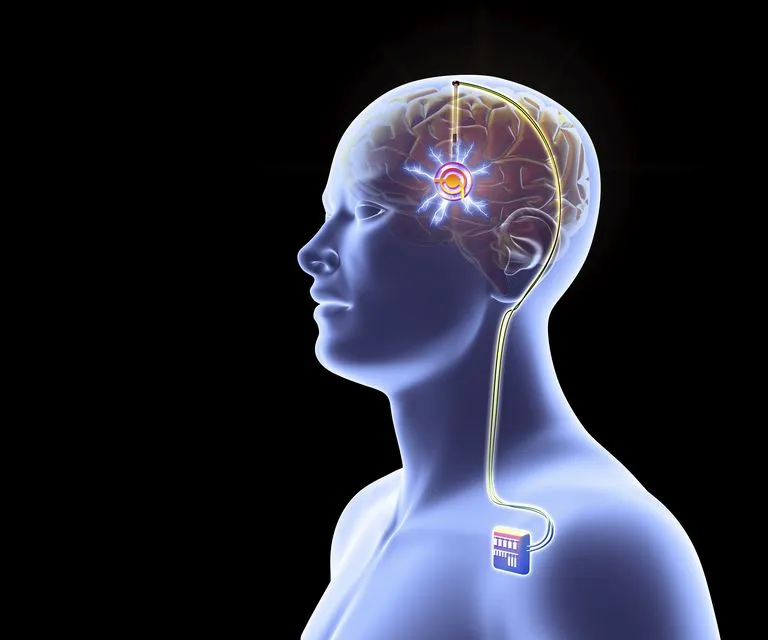

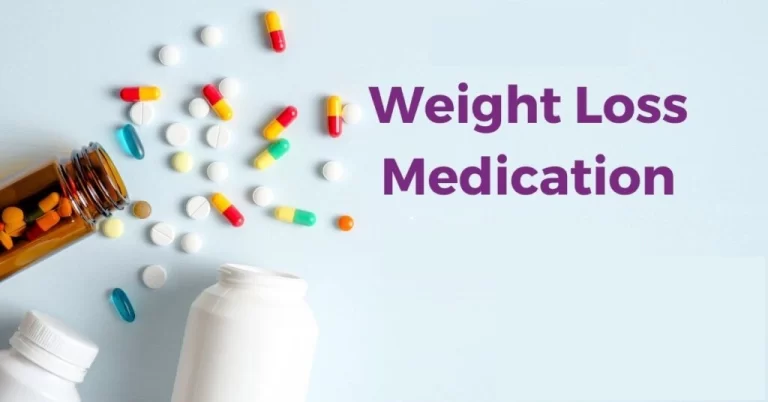
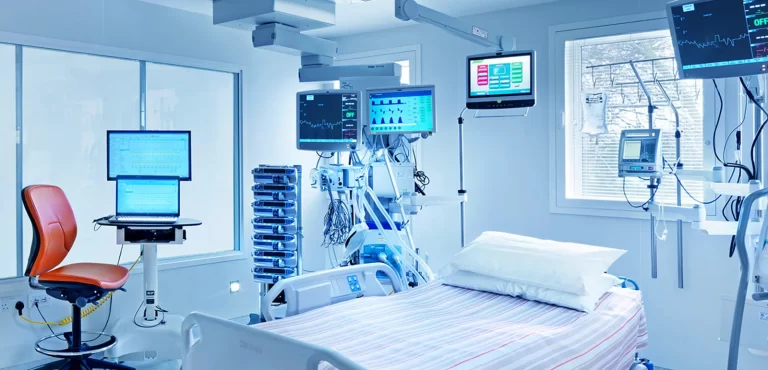
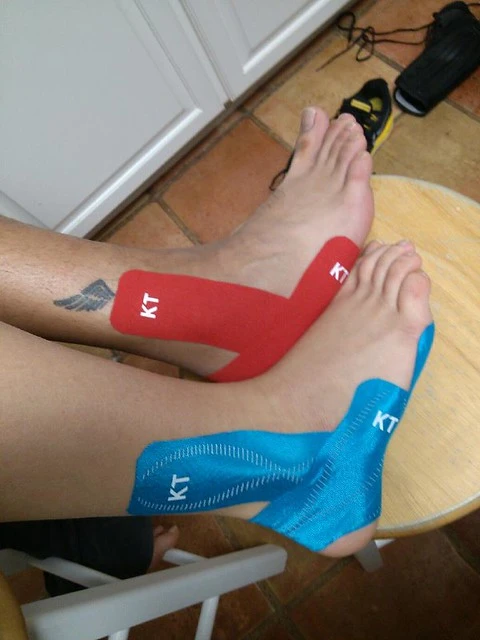
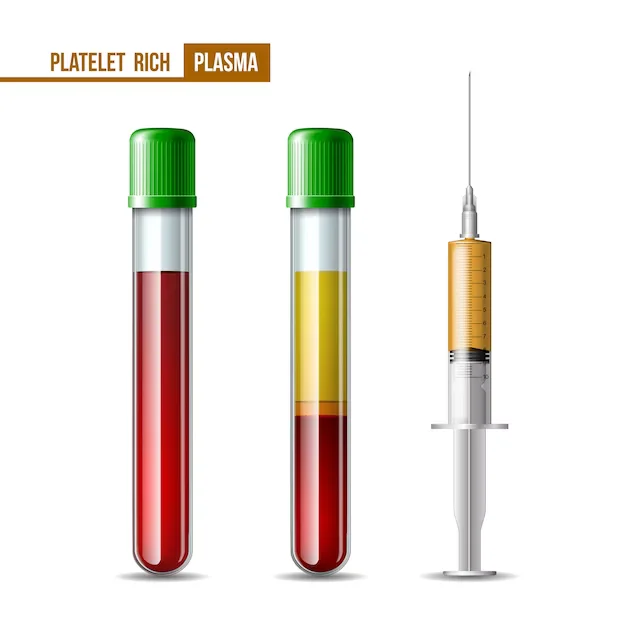
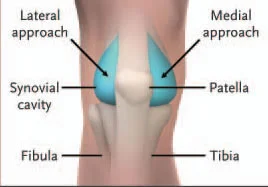
4 Comments